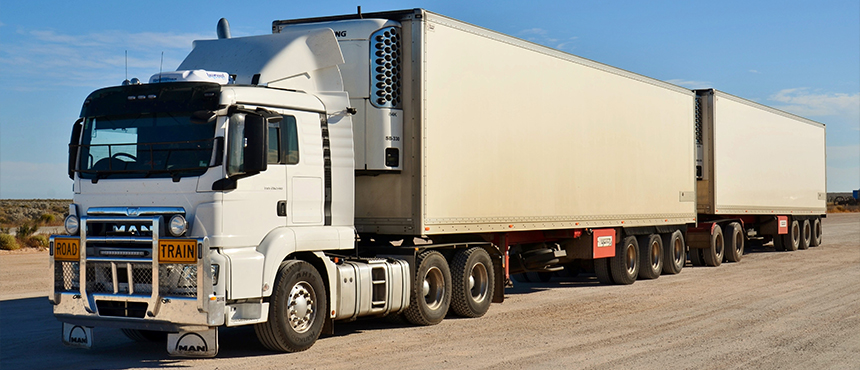PBS and Tyres – an update
It’s not a stretch to say that tyres have been a problem for most users of the PBS scheme. A recent meeting in Sydney had all stakeholders in the same room discussing the findings of an official report from TERNZ (Dr John de Pont) reviewing all potential options, and it appears there is a consensus about a solution.
As PBS Assessors, we see a lot of the PBS tyre problems out there in the industry. For many years, various solutions have been put forward but there were always challenges about how such solutions would be implemented or relevant stakeholders were dissatisfied with the potential solution.
There are various reasons why tyres are problematic on PBS applications. There is no agreed upon standard on how the tyres should be tested for their performance characteristics, PBS Assessors display tyre options on Design Approval Applications differently, and ultimately the operator is left with a large, admittedly cumbersome list of tyre patterns to choose from. For these reasons and more, it was almost unanimously decided that a ‘generic’ tyre approach would be the best to use. That is, individual tyres brands and patterns are no longer assessed and only the tyre size is specified on the Design Approval. The NHVR currently supports this position.
It appears to be a great solution for users of the PBS scheme. That being said, this approach could ultimately see some combinations ‘fail’ to get through PBS, especially those combinations that exceed the upper limit on the high-speed standards (for instance, Level 3 and Level 4 road trains and certain Level 1 and Level 2 combinations). Limiting tyre options as a way of improving the performance of the combination would no longer be possible.

Caption: an example of a combination that will be less likely to pass PBS under the generic tyre solution
In addition, there is some uncertainty about where the proposed generic tyre would sit in the market in terms of its comparative performance. Choosing a high-performing generic tyre means that actual tyres used on PBS vehicles will not provide the same performance as determined in the assessment. Choosing a low-performing generic tyre means that vehicles may not meet all the safety standards like they can with specific high-performing tyres at present. The NHVR is aware of these concerns and is currently preparing to work with Assessors to rectify them. According to current timelines this solution would be ready to implement for new Design Approvals around the middle of next year (2021).
More information about the review of tyres within the PBS scheme can be found here: https://www.nhvr.gov.au/consultation/2019/03/28/review-of-tyre-management-practice-in-the-australian-pbs-system
Get more like this in your inbox
Subscribe to our Newsletter and never miss a post.